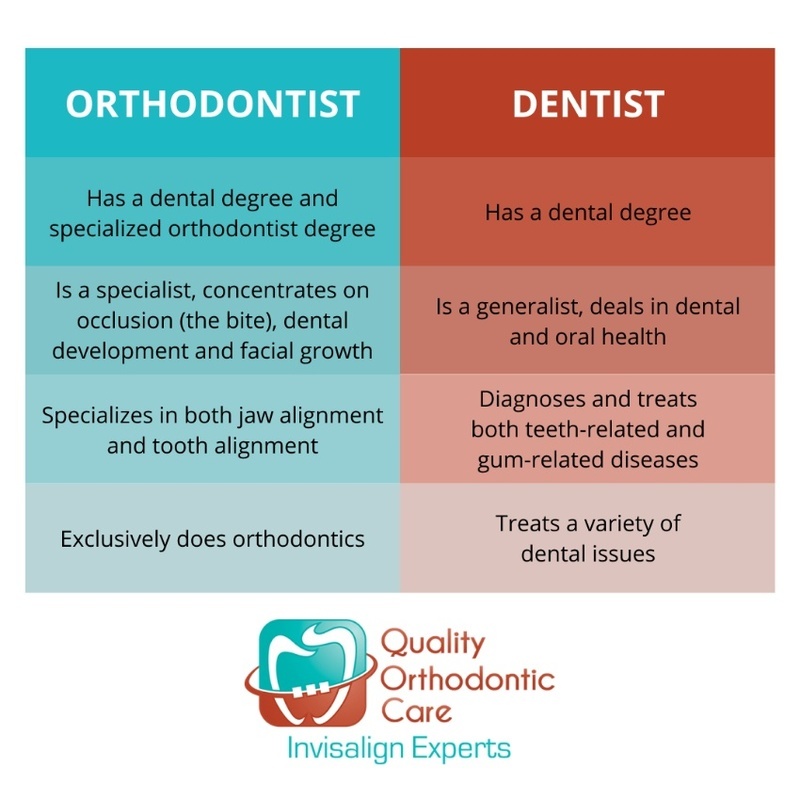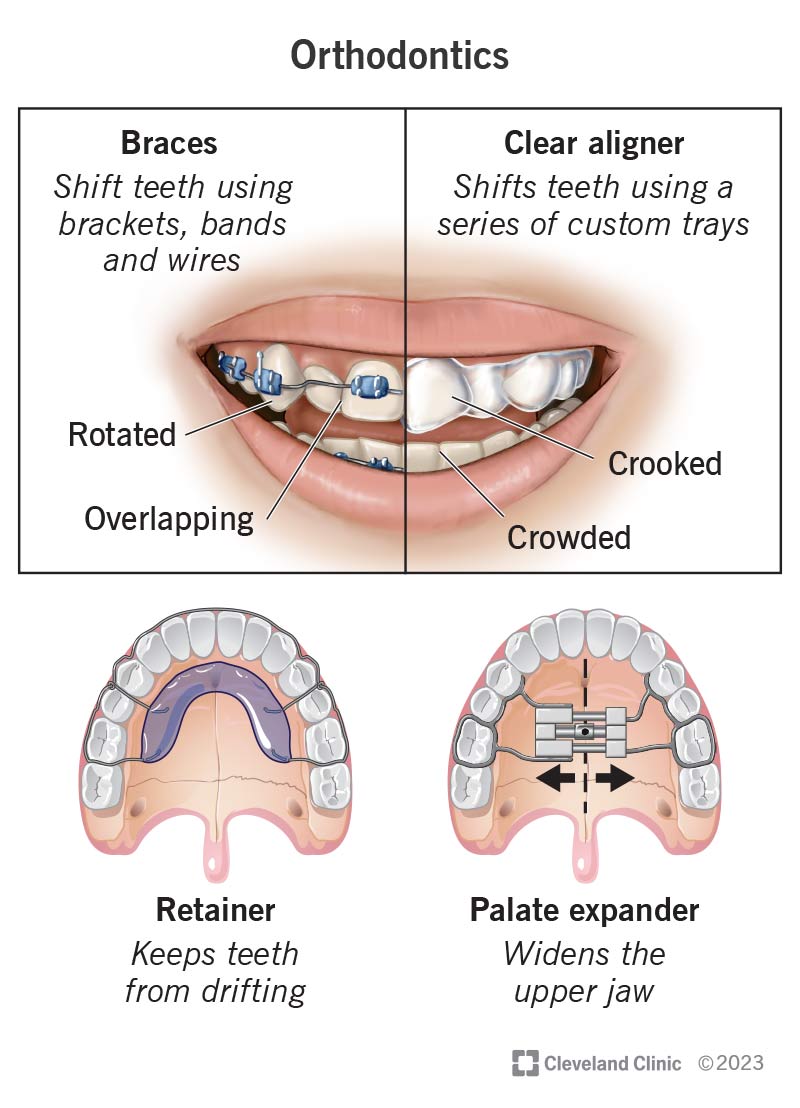All About Causey Orthodontics
Wiki Article
The 6-Minute Rule for Causey Orthodontics
Table of ContentsThe Ultimate Guide To Causey OrthodonticsSome Ideas on Causey Orthodontics You Should KnowThe 8-Second Trick For Causey Orthodontics7 Easy Facts About Causey Orthodontics ExplainedSome Known Questions About Causey Orthodontics.
Disregarding occlusal relationships, it was regular to get rid of teeth for a range of oral problems, such as malalignment or overcrowding. The principle of an intact teeth was not commonly appreciated in those days, making bite relationships seem irrelevant. In the late 1800s, the principle of occlusion was vital for creating trusted prosthetic replacement teeth.As these principles of prosthetic occlusion advanced, it became an invaluable device for dental care. It was in 1890 that the job and impact of Dr. Edwards H. Angle started to be felt, with his contribution to modern-day orthodontics particularly significant. Initially concentrated on prosthodontics, he showed in Pennsylvania and Minnesota prior to routing his focus in the direction of oral occlusion and the treatments required to keep it as a typical problem, thus ending up being called the "dad of modern-day orthodontics".

The idea of excellent occlusion, as proposed by Angle and integrated right into a category system, allowed a shift in the direction of dealing with malocclusion, which is any kind of deviation from normal occlusion. Having a complete collection of teeth on both arcs was very demanded in orthodontic treatment as a result of the requirement for exact partnerships in between them.
8 Simple Techniques For Causey Orthodontics
As occlusion became the vital priority, face proportions and aesthetics were ignored - orthodontist services. To achieve excellent occlusals without using outside pressures, Angle postulated that having best occlusion was the very best way to get optimum facial appearances. With the passing of time, it came to be fairly apparent that also an extraordinary occlusion was not ideal when considered from an aesthetic viewpointIt came to be noticeable that orthodontic treatment might change mandibular advancement, causing the formation of functional jaw orthopedics in Europe and extraoral force actions in the United States. Nowadays, both practical appliances and extraoral devices are used around the world with the goal of changing growth patterns and types. As a result, seeking real, or a minimum of improved, jaw connections had actually come to be the primary goal of treatment by the mid-20th century.
The Definitive Guide for Causey Orthodontics
 Until the mid-1970s, braces were made by covering steel around each tooth. https://www.hometalk.com/member/117838582/causeyortho7., it came to be feasible to rather bond steel brackets to the teeth.
Until the mid-1970s, braces were made by covering steel around each tooth. https://www.hometalk.com/member/117838582/causeyortho7., it came to be feasible to rather bond steel brackets to the teeth.This has actually had purposeful results on orthodontic therapies that are provided on a regular basis, and these are: 1. Proper interarchal connections 2. Right crown angulation (idea) 3.
The advantage of the design lies in its bracket and archwire mix, which calls for just very little cable bending from the orthodontist or clinician (orthodontist services). It's appropriately called hereafter feature: the angle of the slot and density of the brace base ultimately determine where each tooth is positioned with little demand for additional manipulation
A Biased View of Causey Orthodontics
Both of these systems utilized the same braces for each tooth and demanded the bending of an archwire in 3 planes for finding teeth in their desired settings, with these bends dictating utmost positionings. When it concerns orthodontic devices, they are divided right into 2 types: detachable and fixed. Detachable devices can be taken on and off by the individual as required.
Thus, virtually all modern-day fixed devices can be taken into consideration variations on this edgewise device system. Early 20th-century orthodontist Edward Angle made a significant contribution to the globe of dentistry. He developed four distinct home appliance systems that have been made use of as the basis for numerous orthodontic therapies today, disallowing a couple of exemptions.
Causey Orthodontics - An Overview

The cable ended in a string, and to relocate it ahead, an adjustable nut was made use of, which enabled an increase in area. By ligation, each specific tooth was affixed to this expansive archwire (best orthodontist). Due to its minimal series of motion, Angle was incapable to achieve specific tooth placing with an E-arch
These tubes held a soldered pin, which can be repositioned at each consultation in order to move them in area. Referred to as the "bone-growing appliance", this gizmo was thought to urge healthier bone development because of its potential for moving force straight to the roots. Nonetheless, executing it confirmed bothersome actually.
Report this wiki page